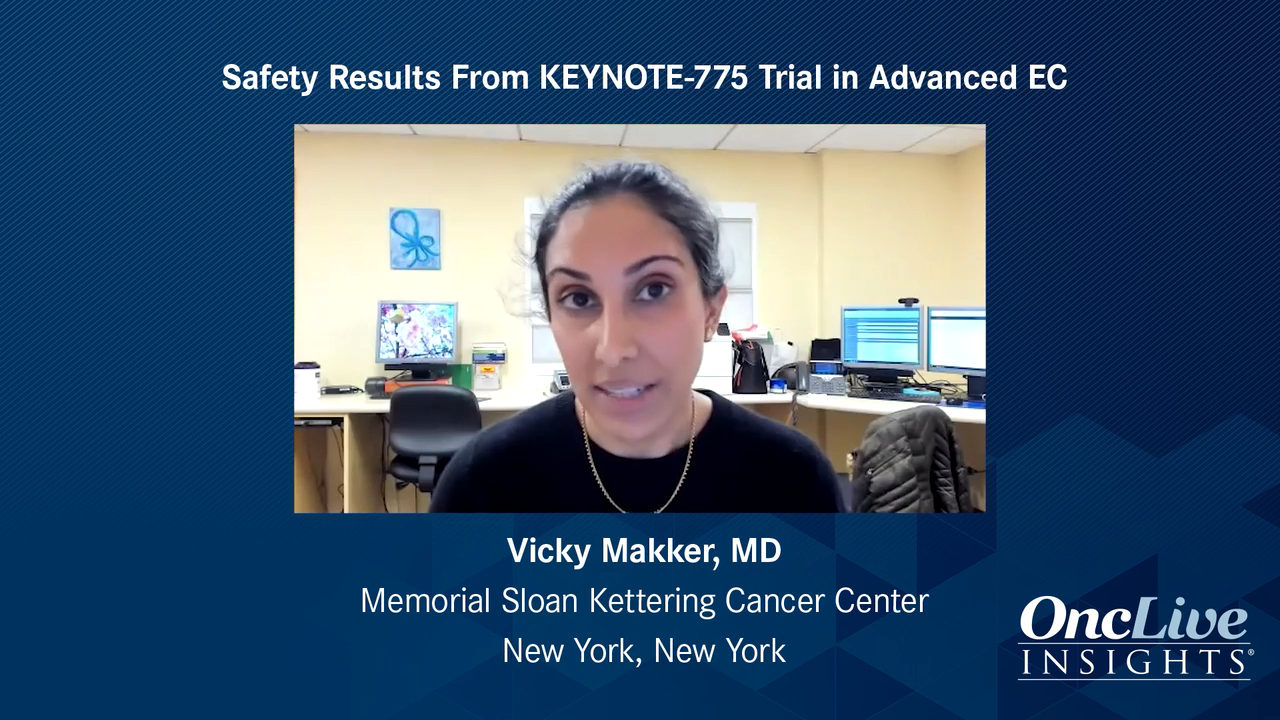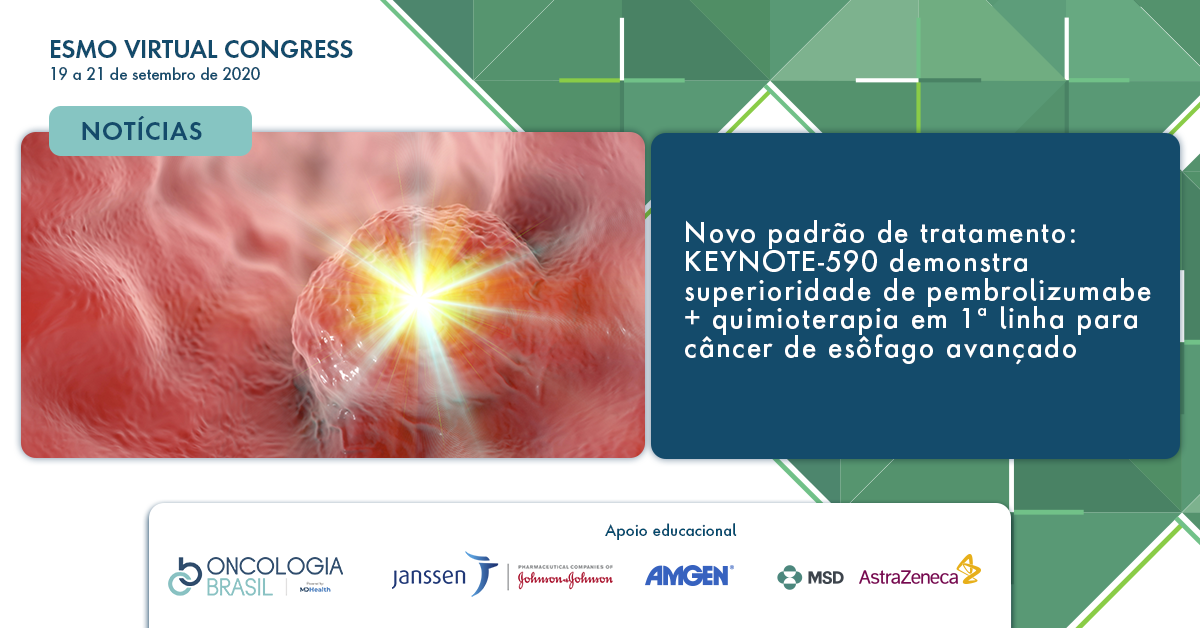
#Keynote 590 plus
The safety signal is similar between the two arms and there are no new signs for the immune checkpoint, immune mediated adverse events, in the pembrolizumab plus chemo arm. The duration of response is longer in the pembrolizumab plus chemo arm. The response rate was 45.0% for the pembrolizumab chemo arm and 29.3% for the chemo plus placebo arm. The hazard ratio was the same in the adenocarcinoma subgroup and the squamous cell carcinoma subgroup. Indeed, the Forest plot shows the subgroup analysis and the a better tendency of the pembrolizumab plus chemo arm. There is an obvious clinically meaningful difference was seen in all efficacy endpoints. The hazard ratio was also shown around 0.5-0.65. There is superiority of the chemo plus pembrolizumab arm and statistical significance was seen in the EACC cohort and the PD-L1 CPS more than 10 cohort and in all patients.
#Keynote 590 free
Also for the primary endpoint, progression free survival shows also significance.

For example, for all patients the median survival time for the pembrolizumab plus chemo arm was 10.4 months and 8.8 months for the chemotherapy plus placebo arm. The hazard ratio is 0.51-0.73 for each population. The whole analysis shows a significant improvement with the chemotherapy plus pembrolizumab arm with significance. The primary endpoint of overall survival was analysed for the population with EACC and the PD-L1 CPS over 10 population and EACC population and CPS over 10 population and all patients. Half of the patients had a PD-L1 CPS score more than 10. Half of the patients enrolled from other countries and 70% of the patients were squamous cell carcinoma. More than 370 patients were enrolled for each arm and the patient background was well-balanced for each arm.
#Keynote 590 trial
The primary endpoint of this trial is progression free survival and overall survival. The patients were stratified by their and histology type and the palpable mass status.

The eligibility criteria were oesophageal squamous cell carcinoma and oesophageal adenocarcinoma and oesophageal gastric junction adenocarcinoma with metastatic cases and a PS 0-1. The KEYNOTE-590 study is a phase III study comparison of chemo consisting of 5FU and cisplatin repeated every three weeks plus/minus pembrolizumab. The KEYNOTE-590 study is an international phase III study to evaluate the superiority of chemo plus pembrolizumab over the chemo plus placebo arm for the first line treatment of oesophageal cancer including GEJ adenocarcinoma.

Recently immune checkpoint inhibitors, nivolumab and pembrolizumab, were approved for the second line treatment of oesophageal cancer but there is no evidence for the combination with chemotherapy with immune checkpoint inhibitors for the first line chemotherapy for oesophageal cancer. Indeed, taxane based chemotherapy is the second line standard of care. 5FU and cisplatin is the standard of care for the disease in first line chemotherapy for oesophageal cancer. Oesophageal cancer is a major cancer worldwide but there are few treatment options for the metastatic cases.


 0 kommentar(er)
0 kommentar(er)
